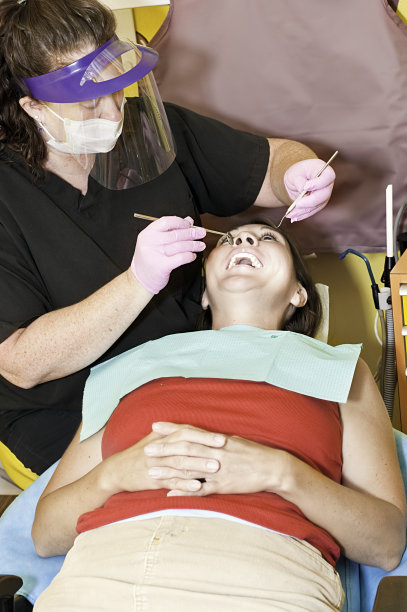Understanding the Process and Importance of Extracting a Tooth in Dental Care and Health Maintenance
Summary: Understanding the process and importance of tooth extraction is critical for maintaining optimal dental health. This article explores four crucial aspects of tooth extraction: its necessity in dental care, the various stages of the extraction process, post-extraction care and healing, and the long-term implications for overall dental health. By providing detailed insights into these areas, we emphasize that tooth extraction, while sometimes viewed negatively, can be an essential step towards improved oral hygiene and overall health maintenance.
1. Necessity of Tooth Extraction in Dental Care

Tooth extraction may be recommended for various reasons, primarily to relieve dental pain or to treat dental diseases. One of the most common reasons for extraction is severe tooth decay, where the damage is too extensive for repair through fillings or crowns. In such cases, removal is often necessary to preserve surrounding teeth and prevent infection.
Additionally, overcrowding in the mouth can lead to misalignment. If there isnt enough space for the teeth to settle correctly, an orthodontist may recommend extraction to facilitate better alignment through braces or other orthodontic treatments. This not only helps in enhancing ones smile but also contributes to better oral health.
Furthermore, teeth that are impacted, such as wisdom teeth, can also cause significant discomfort and complications. Impacted teeth can lead to infections, cysts, and even damage to surrounding teeth, making extraction the most suitable action to prevent future oral health issues.
2. Understanding the Extraction Process
The tooth extraction process is a carefully carried out procedure to ensure the patients comfort and safety. Initially, the dentist will conduct a thorough examination, including X-rays, to assess the tooths condition and the surrounding structures. This diagnostic phase is crucial as it helps in planning the most effective extraction method.
Once the decision to extract is made, the dentist will explain the procedure to the patient, including the type of anesthesia that will be used. Local anesthesia is typically administered to numb the area, while sedation options may be available for more anxious patients. The dentist then carefully loosens the tooth and removes it from the socket in a methodical manner.
Post-extraction, the dentist will provide detailed instructions for care, discussing possible side effects and what to expect during the healing process. This aspect of the procedure is vital as it prepares the patient for recovery and ensures they have the necessary information to manage their post-operative care effectively.
3. Post-Extraction Care and Healing
Proper care after a tooth extraction is essential for optimal healing. Patients are advised to bite down on a gauze pad for a few hours to help stop any bleeding. It鈥檚 also recommended to avoid vigorous rinsing or touching the extraction site, as these actions can disturb the blood clot and lead to complications like dry socket.
Additionally, incorporating a soft food diet is crucial during the recovery phase. Foods that are easy to chew and swallow will prevent any unnecessary strain on the surgical site. Staying hydrated and gradually introducing regular foods as the healing progresses can ensure a smooth recovery.
Monitoring for any unusual signs such as persistent bleeding, swelling, or severe pain is also important. If any concerning symptoms arise post-extraction, its imperative that patients contact their dentist for further instructions to avoid complications and ensure an uneventful healing process.
4. Long-Term Implications for Dental Health
The implications of tooth extraction extend beyond the immediate aftermath and influence long-term dental health. Removing a problem tooth can prevent the spread of decay or infection, thus protecting adjacent teeth and reducing the risk of further dental procedures in the future. This proactive approach to dental health can lead to fewer complications and a healthier oral environment.
Moreover, extracting teeth when necessary lays the foundation for successful orthodontic treatment. This is particularly relevant in younger patients, whose dental development can greatly benefit from early intervention. Proper alignment and spacing of teeth can enhance not only aesthetics but also function and hygiene.
Lastly, understanding the relationship between oral health and overall physical health is crucial. Poor dental health can lead to systemic issues like cardiovascular disease and diabetes. Therefore, addressing problematic teeth through extraction as needed is a step towards ensuring overall well-being.
Summary:
In summary, tooth extraction is a significant dental procedure with numerous implications for individual health. Recognizing when an extraction is necessary, understanding the details of the process, adhering to post-extraction care, and considering the long-term benefits are vital for maintaining healthy teeth and gums. When approached constructively, tooth extraction can facilitate lasting oral health and contribute positively to overall wellness.
This article is compiled by Vickong Dental and the content is for reference only.



